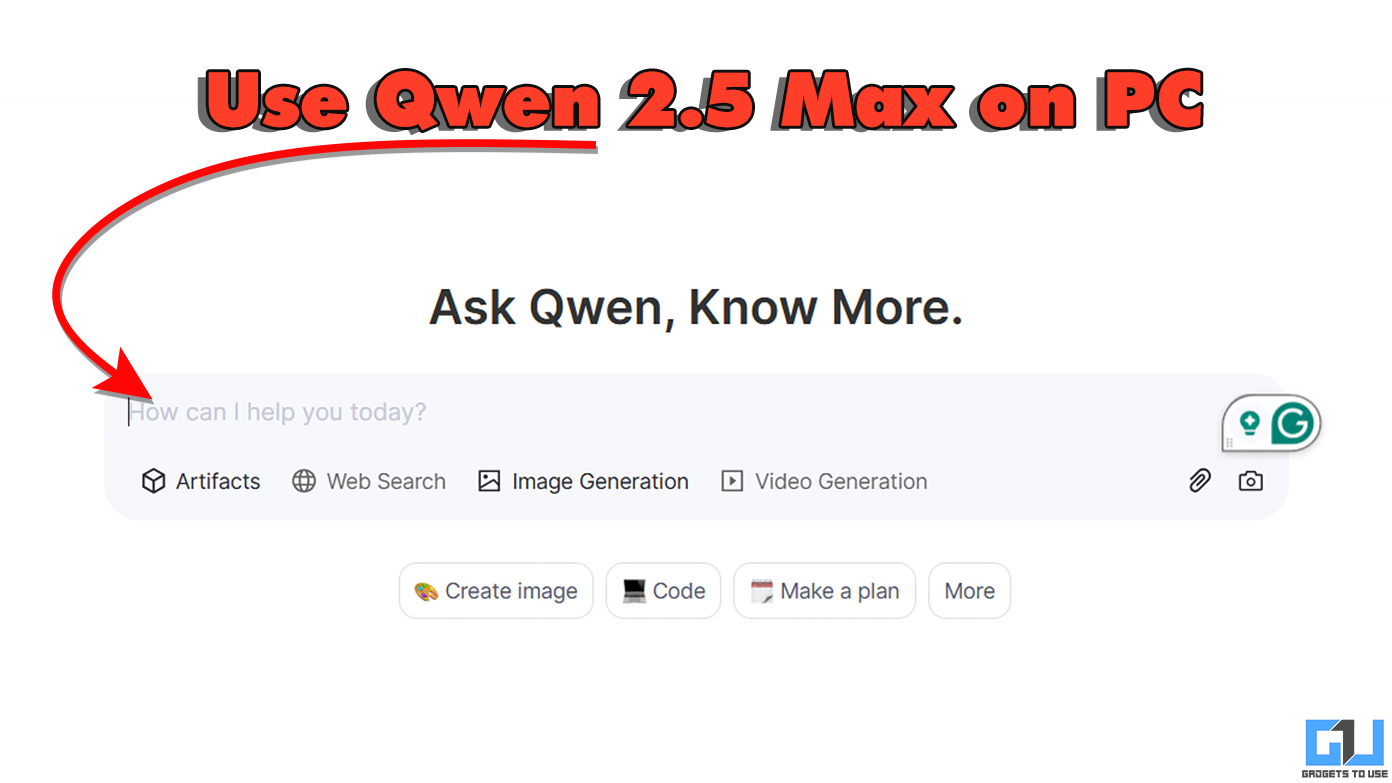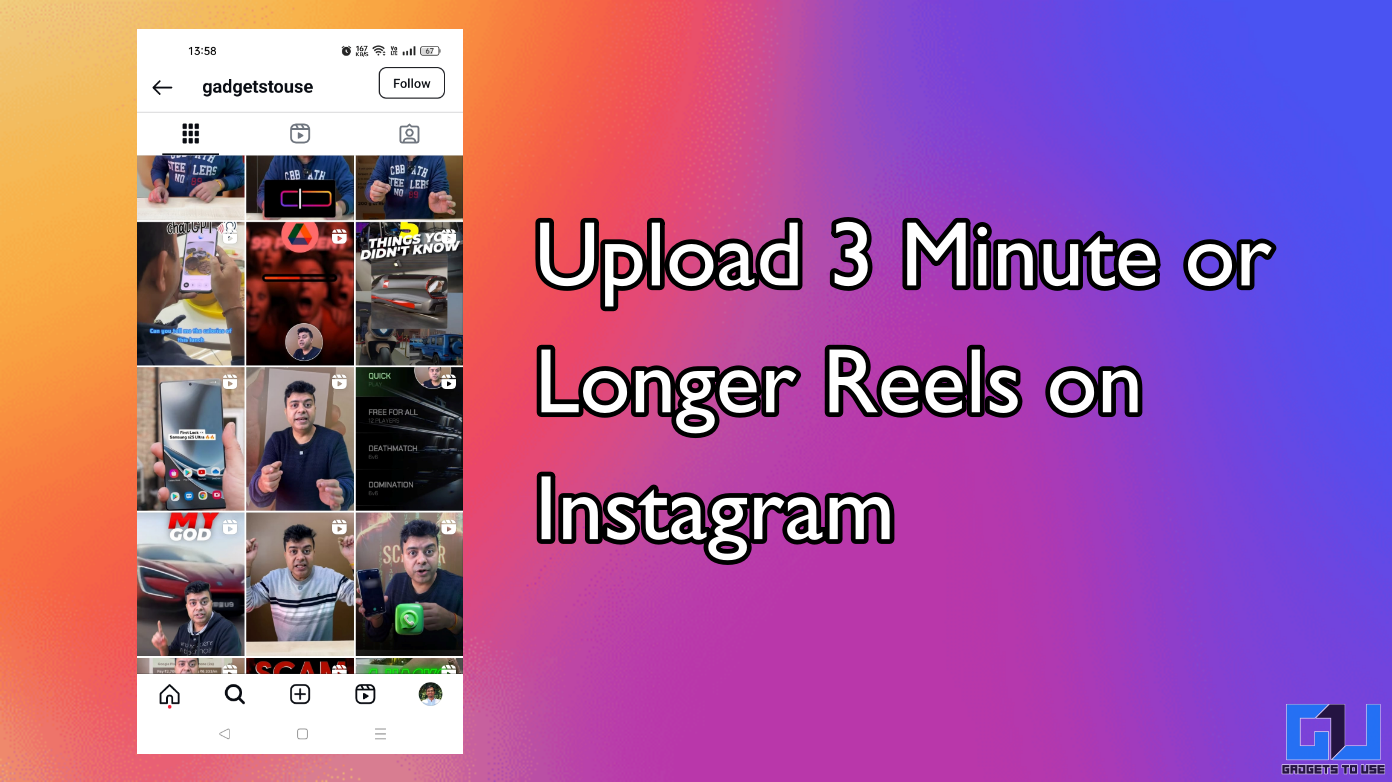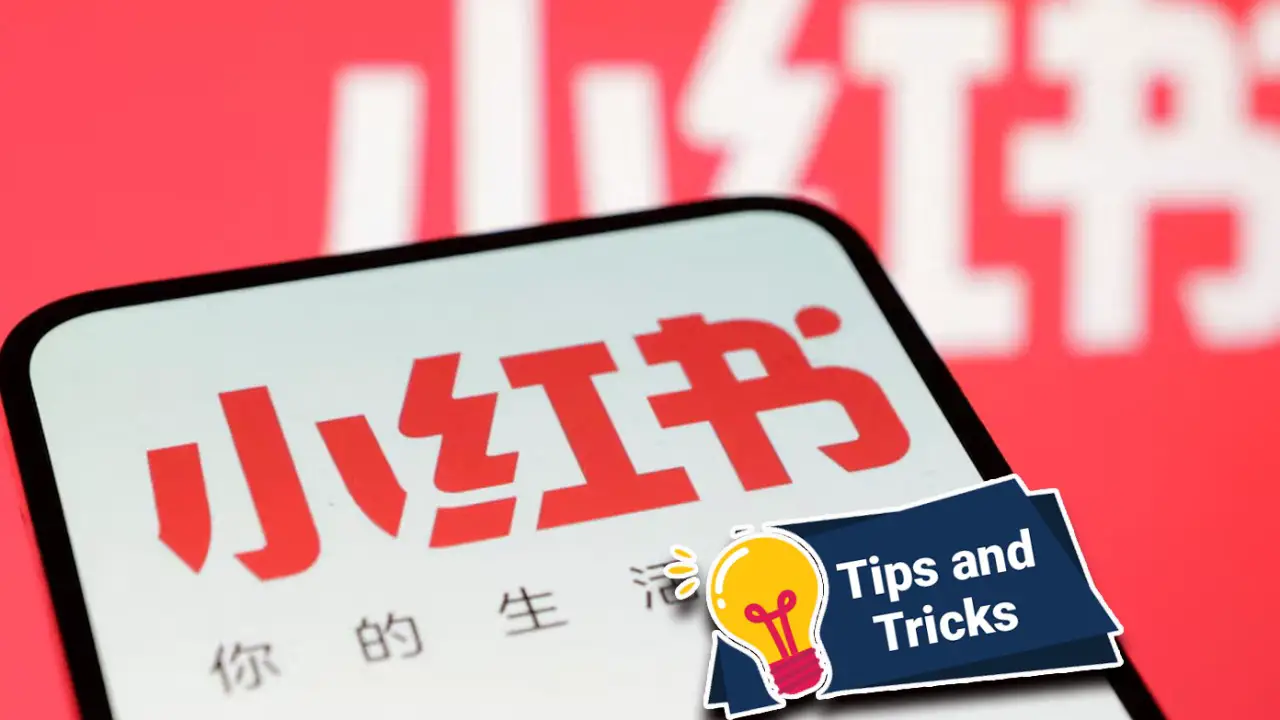Quick Answer
- Just imagine the type of clarity on the display when you are putting the same number of pixels over the size of 24 Inches and then when you are putting actually the same number of pixels over the screen size of 5 Inches, obviously the clarity will increase as you are putting more pixels at lesser space thus telling you logically that when you are actually increasing the pixel density you are increasing the clarity of the display over your smartphone.
- Now let us talk about the formula with the help of which you will be able to know the exact PPI by just knowing about the display dimensions and the resolution used on the display.
- So, to calculate PPI of say the Samsung Galaxy Note II, we will first need to know the resolution of the screen which is 1280×720, and the screen size, which is 5.
What is PPI?
PPI, this acronym can be expanded to Pixel per Density and this is the major parameter which can tell you the degree of clarity a display carries. Now when taking a look at the display available on your Television you must have observed that why my TV with the same 1080p Full HD resolution does not have the same clarity which is available with the same resolution on my smartphone? The answer to this question is this parameter mentioned at the top.
What Does PPI Signify?
1920 x 1080 pixels are the total number of pixels which are used on the screen to give the Full HD display. Just imagine the type of clarity on the display when you are putting the same number of pixels over the size of 24 Inches and then when you are putting actually the same number of pixels over the screen size of 5 Inches, obviously the clarity will increase as you are putting more pixels at lesser space thus telling you logically that when you are actually increasing the pixel density you are increasing the clarity of the display over your smartphone.
Understanding PPI [Video]
How can we measure PPI?
Now let us talk about the formula with the help of which you will be able to know the exact PPI by just knowing about the display dimensions and the resolution used on the display. Elaborating the formula will not be enough for the understanding of the calculation of this parameter.
Let us take you through an example of the calculation of PPI for the display of Samsung Galaxy Note 2. Remember one this that this is the sole of calculating PPI and you can use the same method to calculate the PPI for the display of any device (irrespective of any size).
Screen sizes are measured not vertically, not horizontally, but diagonally. So, to calculate the pixel density we need to know the number of pixels present along the diagonal of a screen. But, manufacturers only provide the number of pixels present along the vertical and horizontal.
To calculate number of pixels along the diagonal, we implement the Pythagoras’ Theorem. So, to calculate PPI of say the Samsung Galaxy Note II, we will first need to know the resolution of the screen which is 1280×720, and the screen size, which is 5.5 inches. Now the formula used to calculate PPI is:
Say X is pixels along vertical, Y is pixels along horizontal, and S is the screen size.
PPI = √(X²+Y²)/S
In the case of Samsung Galaxy Note II,
PPI will be equal to = √(1280²+720²)/5.5,
ie, √(1638400+518400)/5.5 which gives you a PPI of 267.019.












